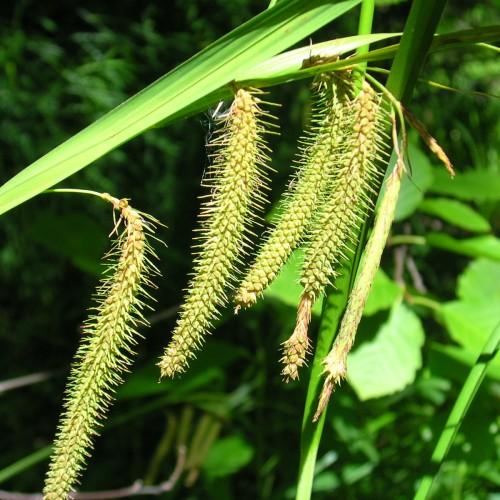
Bristly Sedge
Carex comosa
Also Known As - Longhair Sedge,Bearded Sedge,Bottlebrush SedgeWatering:
Minimal
Hardiness Zone:
Flowers:
Flowers
Sun:
Deciduous Shade (Spring Sun)
Soil:
Sand, Humus Enriched
Leaf:
Yes
Growth Rate:
Low
Drought Tolerant:
Yes
Salt Tolerant:
Yes
Care Level:
Medium
watering
Fibrous Root Sedge (Carex communis) should be watered once a week. When watering, ensure that the soil is completely saturated and that the water reaches the roots. Allow the top inch or 2 of soil to dry out completely before watering again. Avoid overwatering as waterlogged soil can cause root rot and other issues. Avoid fertilizing Fibrous Root Sedge too heavily or its growth may be stunted.
sunlight
Fibrous root sedge (Carex communis) plants require full sun to partial shade for optimal growth and development. When grown in full sun, this plant species prefers 6-8 hours of direct sunlight daily, with the best times of day being during the morning and late afternoon when the sun is less intense. During the height of summer, it is best to provide some shade by planting in an area partially shaded or with light dappled shade. For best results, light should be diffuse and indirect, avoiding direct sunlight at the height of the day to protect against sunburn and scorching of the leaves.
pruning
Fibrous Root Sedge (Carex communis) should be pruned in early spring. Pruning should be done lightly and no more than ¼ of the stems should be removed to ensure the health of the plant. Additionally, only the non-flowering shoots should be removed; flowers should be left to benefit the health of the plant. Pruning should be done sparingly, with only the oldest, weak, and damaged stems being cut away. Pruning will help to maintain the health of the plant as well as encourage new growth.
